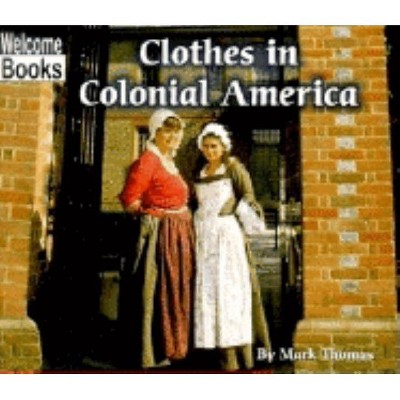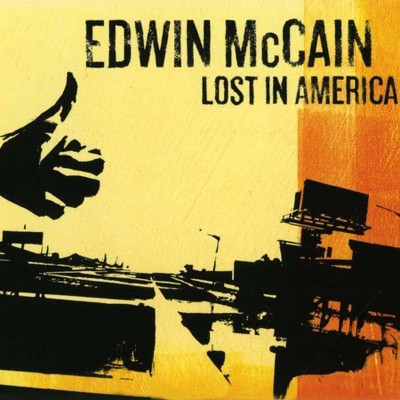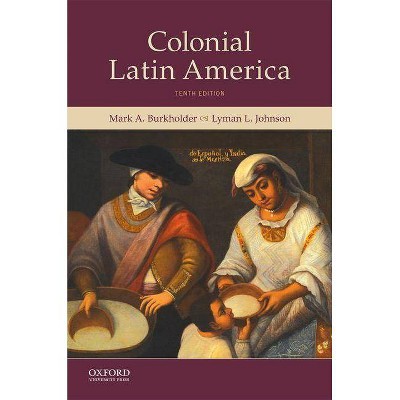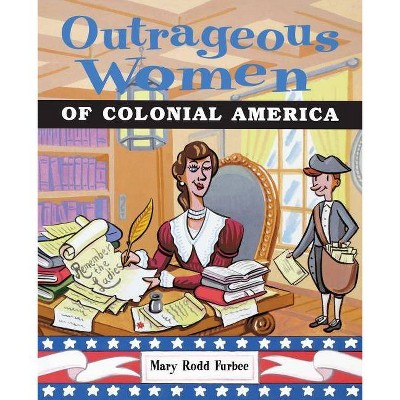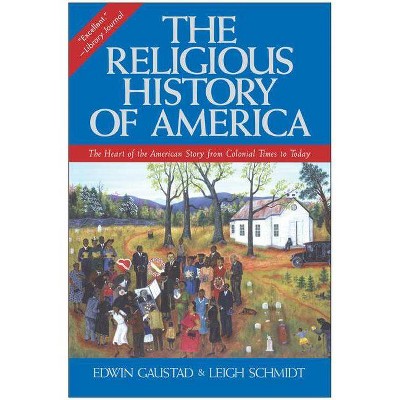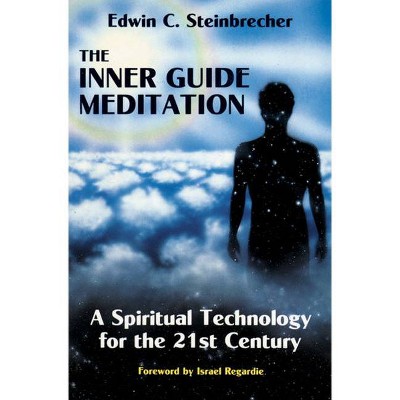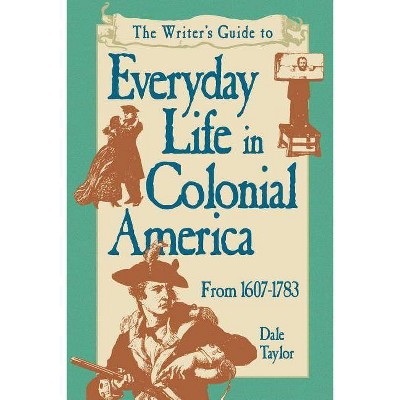The Economy of Colonial America - 2nd Edition by Edwin J Perkins (Paperback)

Similar Products
Products of same category from the store
AllProduct info
<p/><br></br><p><b> Book Synopsis </b></p></br></br>The colonial era is especially appealing in regard to economic history because it represents a study in contrasts. The economy was exceptionally dynamic in terms of population growth and geographical expansion. No major famines, epidemics, or extended wars intervened to reverse, or even slow down appreciably, the tide of vigorous economic growth. Despite this broad expansion, however, the fundamental patterns of economic behavior remained fairly constant. The members of the main occupational groups - farmers, planters, merchants, artisans, indentured servants, and slaves - performed similar functions throughout the period. In comparison with the vast number of institutional innovations in the nineteenth and twentieth centuries, structural change in the colonial economy evolved gradually. With the exception of the adoption of the pernicious system of black slavery, few new economic institutions and no revolutionary new technologies emerged to disrupt the stability of this remarkably affluent commercial-agricultural society. Living standards rose slowly but fairly steadily at a rate of 3 to 5 percent a decade after 1650. (Monetary sums are converted into 1980 dollars so that the figures will be relevant to modern readers.) For the most part, this book describes the economic life styles of free white society. The term "colonists" is virtually synonymous here with inhabitants of European origin. Thus, statements about very high living standards and the benefits of land ownership pertain only to whites. One chapter does focus exclusively, however, on indentured servants and slaves. This book represents the author's best judgment about the most important features of the colonial economy and their relationship to the general society and to the movement for independence. It should be a good starting point for all - undergraduate to scholar - interested in learning more about the seventeenth and eighteenth centuries. <p/>This popular study, lauded by professors and scholars alike, has been diligently revised to reflect the tremendous amount of new research conducted during the last decade, and now includes a totally new chapter on women in the economy. Presenting a great deal of up-to-date information in a concise and lively style, the book surveys the main aspects of the colonial economy: population and economic expansion; the six main occupational groups (family farmers, indentured servants, slaves, artisans, great planters, and merchants); women in the economy; domestic and imperial taxes; the colonial monetary system; living standards for the typical family<p/><br></br><p><b> Review Quotes </b></p></br></br><br>Anyone who keeps up with the literature on colonial economic history will find Perkins' overview useful and insightful.... Perkins has moved us further out of the statistical 'dark age'.--The Journal of Economic History<br><br>His study is excellent: a concise and readable synthesis loaded with facts and figures about the colonial economy.--Business History Review<br><p/><br></br><p><b> About the Author </b></p></br></br>Edwin J. Perkins is Professor of History at the University of Southern California.
Price History
Cheapest price in the interval: 34.49 on October 27, 2021
Most expensive price in the interval: 34.49 on November 8, 2021
Price Archive shows prices from various stores, lets you see history and find the cheapest. There is no actual sale on the website. For all support, inquiry and suggestion messagescommunication@pricearchive.us
